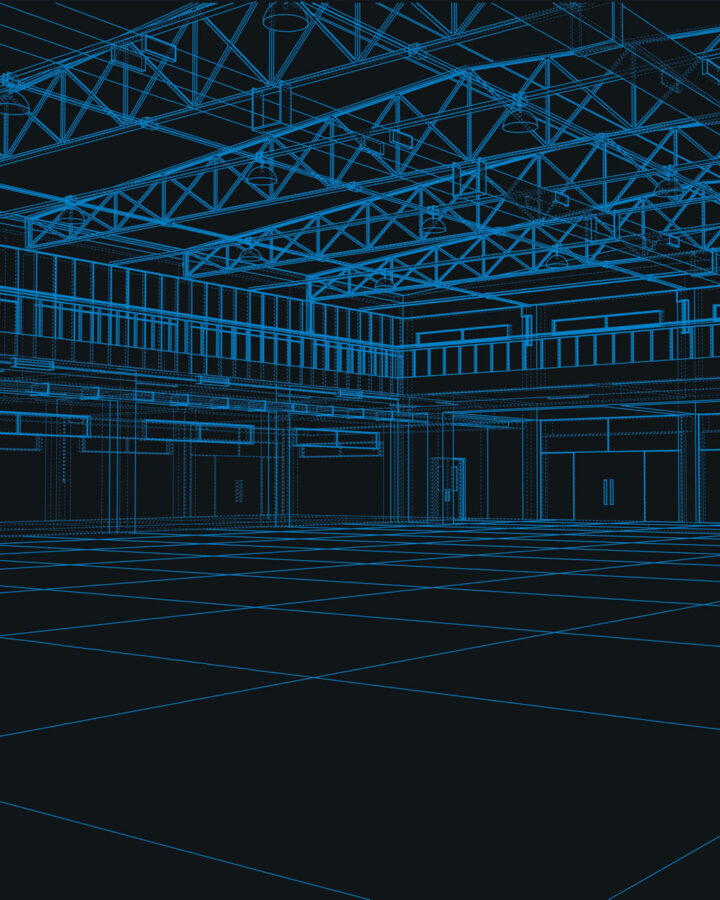When analysing the construction industry as a global microcosm, you see it’s an ecosystem riddled by paper systems to manage everything from quality assurance to document and drawing dissemination. Need another system? No problem, just add paper. It’s an outdated attitude that’s driving our team of passionate professionals to change the face of construction forever. Regardless of a projects size, geographical location or engineering application, teams too readily rely upon paper. An immense amount of our energy is focused towards transforming these inefficient systems and integrating them into Glaass’ unique platform. Not satisfied with products that are regarded as just good, we strive to make every feature efficient, accountable, fast, flexible and easy to use. This perfectionistic attitude takes an inordinate degree of energy, time and skill; but is necessary to meet the standard we’ve set ourselves.
A feature we’ve worked extremely hard on, and are immensely proud of, is the integration of Inspection and Test Plans (or ITP’s as it’s acronymically referred within the industry). An ITP is an activity specific checklist made to ensure relevant quality checks have been fulfilled according to government, council and legislative standards. Examples of ITP’s include Installation of Drainage Pipes and Casting of Road Light Footings. ITP’s share the basic intrinsic principals of any checklist, but vary due to a project’s geographical location and relevant governing bodies. The format of an ITP will vary between construction firms too, due to the customisable nature of their makeup.
ITP’s are typically created in programs like Microsoft Excel; revised, updated and issued to the construction team for use. But how are they practically used? By printing them of course! The birth of another paper system. The commencement of yet another untraceable, unaccountable, disconnected and inefficient procedure. So, how difficult is it take a paper procedure and integrate it into a digital platform? Actually, not that difficult. The real question is, how challenging is it to integrate a paper based procedure into an ecosystem that provides supreme functionality, vast interconnectivity, transparency and complete traceability?
How are ITP's practically used? By printing them of course! The birth of another paper system. The commencement of yet another untraceable, unaccountable, disconnected and inefficient procedure.
To give you an idea, from the conceptualisation phase, to the final implementation of ITP’s, it took our team six months, seven meetings, 117 comments back and forth between designers, seventeen rounds of testing, eight bugs, countless conversations and four redesigns. This is what we are willing to do to create a platform teams love.
Six months, seven meetings, 117 comments back and forth between designers, seventeen rounds of testing, eight bugs, countless conversations and four redesigns. This is what we are willing to do to create a platform teams love.
This exhausting process leaves us with a feature that’s so easy to use, it’s hard to see where all the time was spent! With just a few clicks, users can create, edit, update, revise, comment, link and disseminate ITP’s to anyone on the project. There’s no time wasted editing spreadsheets. No need to use systems like email to share changes. Glaass records, tracks and traces everything for you. It’s a really simple and elegant solution that will save teams a lot of time.
What this iterative process taught us, is that for something new to function, you sometimes need to rework existing features. Our most respected design policy is delivering a user experience that feels and works in a uniform fashion. It’s design culture that cultivates confidence in users, which is crucial for the technology cautious construction user. The changes implemented in ITP’s inturn made some of our existing features even faster and more efficient, we just had to think outside the box.
The key to digitally integrating paper based procedures is understanding exactly what’s required, recognising what’s unimportant and being prepared to question the status quo. That’s exactly what we did with ITP’s and we couldn’t be happier with the result.


